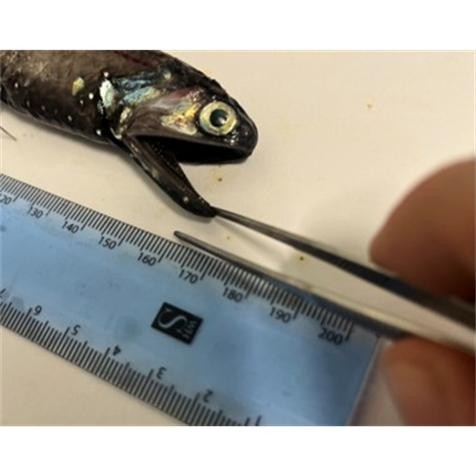Finfish bycatch is a global problem requiring accurate information to develop conservation and management strategies to preserve ecosystems. Bycatch can occur at different life history stages and spatial and temporal scales, meaning the risk of bycatch is not uniform across a species' life or distributional range. The Antarctic krill fishery operates in the CCAMLR (Commission for the Conservation of Antarctic Marine Living Resources) maritime waters and can catch larval and juvenile fish as well as fish eggs as bycatch.
This bycatch can be hard to identify to species level, which may influence the accuracy of taxonomic reporting by fisheries observers. Understanding which fish life history stages interact with the fishery and making sure there is accurate identification of species is important for the successful implementation of ecosystem management measures by CCAMLR. This project aimed to identify which life stages were at the most significant risk of being caught by the fishery using :
(1) molecular and morphological integrative taxonomy methods and
(2) modelling the spatial distribution of larval and juvenile fish bycatch. which his fed into
(3) the production of identification and training tools for international fisheries observers. Observers, operating on krill vessels, collected the samples that were analysed.

